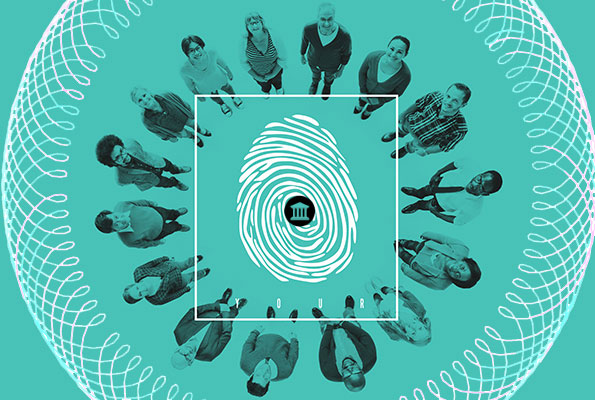In a post-COVID and recession-hit world, banks are facing another roadblock in form of a trust gap between them and the customers, when it comes to embracing technologies such as biometrics, as the consumers still rely on vulnerable methods such as having banking passwords, something which has been used extensively in the past by darknet operators to launch ransomware attacks.
A recent survey in the United Kingdom, conducted by YouGov and Mitek, found that while 79% of the customers want banks to adopt the latest cybersecurity technology when it comes to setting up biometrics to log in the banking apps, only 35% of these participants trust the above method.
An article from Global Banking & Finance Review suggests that conventional cybersecurity mechanisms such as passwords and Multifactor Authentication (MFA) are no longer immune from the threat actors.
The MFA mechanism alone has seen some 113 million attacks in the first half of 2022. These threat actors are deceiving their victims to generate codes and approve access requests, often repeated ones.
The change of password from the customers’ side is nothing but just one mode of authentication, whereas a multi-modal approach consisting of biometrics and passwords is the perfect medicine to keep the banking data safe.
However, the same Mitek and YouGov study points out a trust gap from the customer front. 80% of those over the age of 55 don’t have biometrics to protect their banking data.
Nowadays, banks are following methods such as biometrics, artificial intelligence, and machine learning to make the KYC (Know Your Customer) process even smoother. The digital identity verification process is taking just a few minutes to get completed via smartphones.
The customers need to take a selfie and a photo of their ID document. AI then takes over to check for things such as forgery, and facial identity matching, before giving a green signal to the banks on the customer’s authenticity.
While the banks are bringing more state-of-the-art solutions to ensure absolute data security, awareness from the customers’ side is the need of the hour for the financial sector to take on the darknet operators more efficiently.



